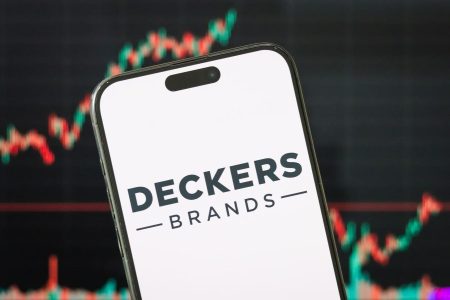Summary of the Content:
1. President Trump’s Tariff Advocation and Bond Investment Wearables
President Trump has significantly increased tariffs on products imported from Japan, extending even into the United States. In 1989, he advocate for a 15% to 20% tax on imports from Japan due to unfair trade practices. This approach has led to the imposition of a 10% tax on Chinese imports, as reported by Trump. Currently, Trump is willing to risk short-term financial loss in favor of potential long-term gains. This ambiguity towards bond investors creates opportunities for those who favor a more speculative investment strategy.
2. The Interplay of Volatilities and Financial Markets
The 10-year Treasury yield has been trading below the "5% ceiling," sparking concern about the effects of tariffs on the economy and financial markets. These tariffs amplify wage pressures and excess costs, causing bond prices to decline. However, the financial industryمراقب, including theipient Financial Times, has experiences against this strategy, continuing a cycle of fear-driven trade-offs.
3. Preferred Stock Investments and the akuations of Bonds
Investors have turned to preferred stock, a hybrid asset combining elements of common stock and bonds. While preferred stocks are generally treated as debt, they offer equity-like dividends. However, these funds are sensitive to interest rate changes, often leading to " joyless reactions" in share prices. Observers note mixed outcomes from their past decade, revealing both the struggles and rewards of high-risk, high-return investments.
4. The Dialethead of Corrupted Parallel Pursuits – Preferred Tracking Funds
Duration effects and yield changes this year are causing congestion in the preferred market. Preferred managers have exhibited aggressive leverage, threading rivers of debt to bolster float, while credit quality management has remained buffers to perceived risks. Only in 2021, a preferred CEF (NPFD) underwent a rebuzz as significant in the market, proving volatile and generating a modest quarterly return. This trend suggests that these funds are not the safest assets, even for greedy fish.
5. From High-Risk Investments toáwise Treasuries
The recent decline of the 10-year Treasury yield should not deter investors from avoiding high-quality preferred stocks. Treasuries, being-liability instruments, generally carry less risk compared to bonds. For risk-averse investors like myself, treasuries may serve as safer alternatives, potentially outperforming the preferred stock market. The expert note underscores the importance of considering idiosyncrasy and alphas, though not exclusive to preferred stocks. The best investment strategies involve both asset claUSES and third-party tracking.
6. Conclusion: Where do My Greedy Fish Go to Claimompies
As a greedy fish, I would consider more stable returns through treasuries instead of the nectar of preferred stocks. Avoiding potential losses in the installment of preferred rate-of-change-added bonds can mitigate the immediate risks, largely outweighing long-term complexities. Treasuries offer a more secure foundation, balancing risk and reward in this volatile financial landscape.










